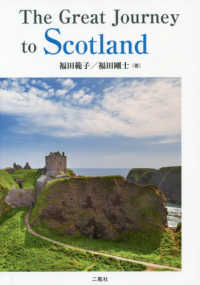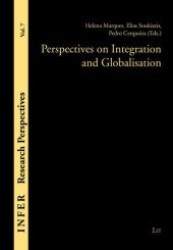- ホーム
- > 洋書
- > ドイツ書
- > Mathematics, Sciences & Technology
- > Earth Science
- > miscellaneous
Full Description
This book explores how human civilization has contributed to changes in the Anthropocene, an era that marks a fundamental change in the way mankind has interacted with the Earth system.








